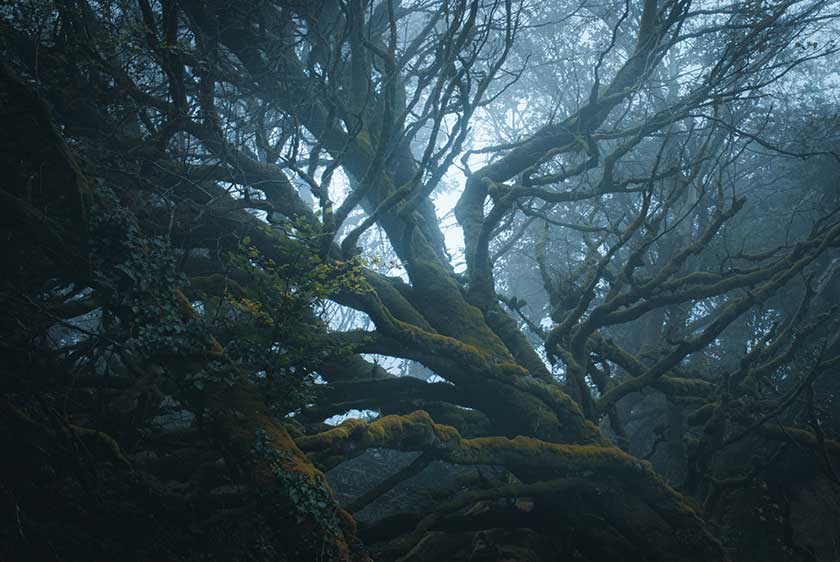Posted by Chieftain Trees ● Oct 19, 2020 3:40:42 PM
In this article, we'll cover everything you need to know about common native Irish trees including what makes a tree native, species that are best for biodiversity, carbon capture and different spaces like a small garden or large field.
What makes a tree native?
Let's start with a bit of history. Roughly 12,000 years ago, Ireland was in the depths of the Ice Age. The snow and ice melted as the weather grew hotter, resulting in the growth of trees.
The seeds of trees such as willow and birch found their way to Ireland on the wind, while others such as hazel and oak had some help from animals and birds to cross the land bridge from Europe which existed at the time.
As the temperature rose, so too did the seas and the beautiful land of Ireland became an island separated from the European mainland. The trees left behind were alder, ash, birch, hazel, oak, rowan, Scots pine, willow and yew. These are our native Irish trees and would be held sacred by the Celtic peoples arriving at the island in the years to come.
Why are native trees important?
In a word, biodiversity. It's easy to think that planting anything green is a safe bet for the environment through carbon capture, unfortunately, that's not the case. A forest is a tapestry of both visible and unseen lifeforms creating a balanced ecosystem where everybody can thrive, much like a healthy human community.
When new or invasive species are introduced, this can completely disrupt the careful balance of a healthy ecosystem and lead to dire outcomes. In the quote below, Peter Wohlleben discusses the relationships between life in a healthy ecosystem. Now imagine introducing a new species which doesn't play by the same rules and therefore negates the safeguards.
“Every species want to survive, and each takes from the others what it needs. All are basically ruthless, and the only reason everything doesn't collapse is because there are safeguards against those who demand more than their due.”
- Peter Wohlleben
We can see the impact of this type disruption across Ireland in the form of Sitka spruce monoculture plantations. Next time you're near one of these false forests, listen for the lack of bird song, notice the absence of insects, plant life, fungi or lichen on the trees. They are great swathes of green desert. This is why it's so important to plant native species, to preserve life and let nature regulate itself to find harmony.
Native Irish Trees
Unlike the days of the druids, the Celtic sacred trees are sadly no longer a common sight on the Irish landscape. Now we know why it's important to plant native trees, let's discuss some of the most prominent species.
Alder - Fearnóg
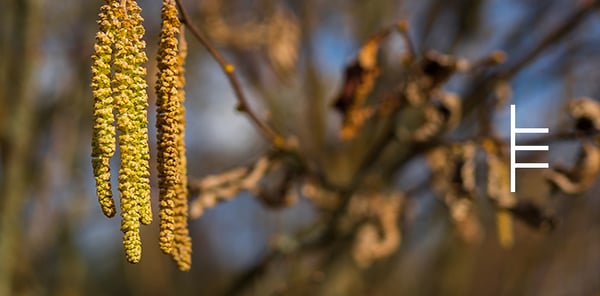
One of Ireland's most widely distributed trees, the Druids believed the alder tree to be symbolic of a balance between female and male principles since it grows female and male catkins on the same branch.
Alder will grow in most soils and thrives in wet and damp areas where their strong roots help to keep river banks in place. Given rich damp soil alder will grow rapidly.
Alders may be found in damp areas, beside freshwater loughs and along river banks where their strong fibrous roots may help to keep the bank in place. You can find Alder woodlands in Killarney, Co Kerry and the Gearagh, Co Cork.
Ash - Fuinseog
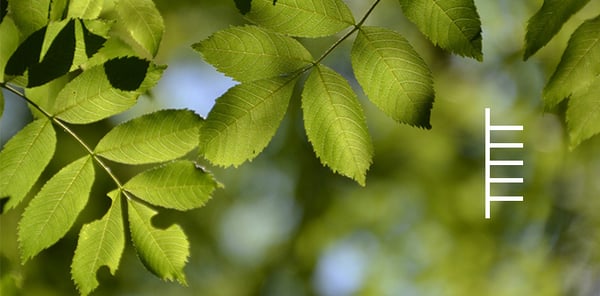
Ash is the most frequent tree to be found in Irish hedgerows, and well known for its use in making Hurls. In the distant past this wood would have been used for spears and arrows by the Celts. The ash can be identified by its dark flowers and seeds which resemble wings, known as keys.
Ash trees prefer well-drained areas and will thrive in all but acidic soils. Ash woods can be found in the Burren in Co Clare, and Hanging Rock in South Fermanagh.
Birch - Beith
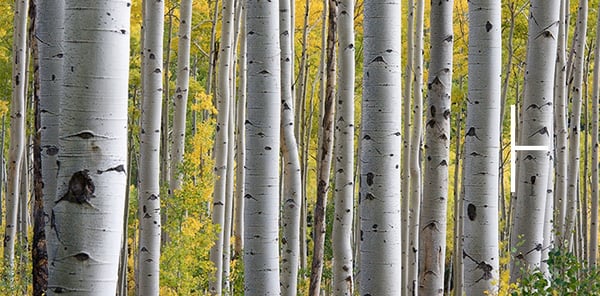
There are two native species of birch in Ireland, the downy birch and silver birch, with downy being the more common of the two.
Birch makes a good tree for a garden as it does not grow too large, and provides a good food source for small birds through its seeds. While both species will grow in poor soils, silver birch requires drainage while downy birch is more capable in wet areas.
Birch woods are common and can be found at lakesides, on dried out bogs or at the edge of bogs. Birch woods to visit are Lough Ennell Co. Westmeath, and Ardkill Bog, Co. Kildare.
Hazel - Coll
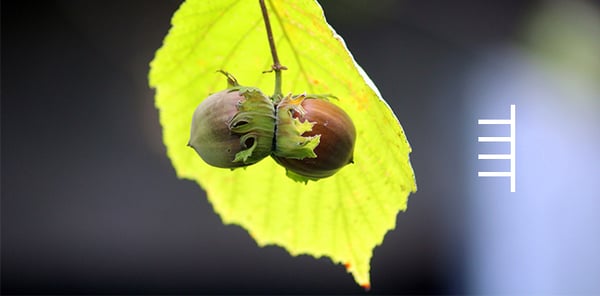
Hazel can grow as an understorey in oak and ash woodlands or on its own in pure hazel woods, where it can be identified by its yellow catkins. When growing alone it can be accompanied by a rich array of woodland flowers.
Well known for its nuts as a food source, it is for this reason Hazel is associated with the earliest human settlements in Ireland. These early settlers used hazel wood to create their huts and also in the construction of fences. Hazel can be found in the Burren, Co Clare and Co Antrim.
Oak - Duir
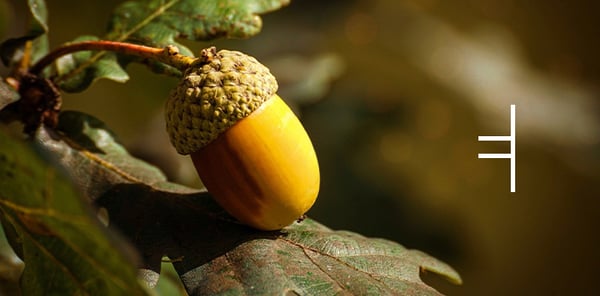
The word for oak in the Irish language is duir, which is the root of the word druid. The oak is the most sacred tree to the druids and known as the noblest of trees in the forest.
Just like the Druids, we love oaks and we're about to tell you why. In Ireland, almost 20 species of bird and over 200 species of insect inhabit the oak, added to that the oak is the genus with the most carbon-absorbing species.
When you think of an Irish oak it is most likely the sessile oak, which is the primary species in Ireland's woodlands. Sessile means that the acorns have no stalk while those of the other native species the pedunculate oak hang from long stalks.
The sessile oak is commonly found thriving in hilly areas with acidic soil such as the woodlands in Killarney, while the pedunculate or English oak is found in lowland soils and found in the woods of Charleville and Abbeyleix.
Oaks can live for hundreds of years and can grow to sizes of over forty meters, so not one for planting in an urban garden. If you have space to grow oaks check out our guide on how to grow oak trees from acorns.
Rowan (mountain ash) - Caorthann
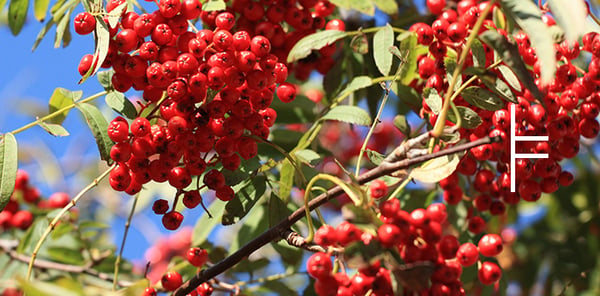
Rowan is one of our favourite trees for small gardens and provides a great food source for wildlife as well as bringing its cream coloured flowers and bright red berries to lighten any space.
Rowan will thrive in most soils and lives up to its alternative name mountain ash, as it can mostly be found on hills thriving on rocky grounds at high altitudes. We recommend Rowan or birch for city gardens.
Scots Pine - Péine albanach
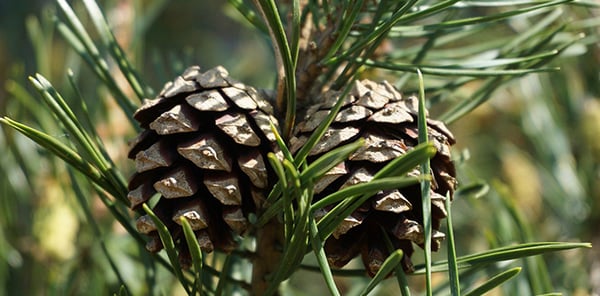
Although called 'Scots' pine, pollen samples and bog stumps have shown that this species was commonplace across Ireland over 7,000 years ago. Sadly the pine started dying out due to climate change and human interference with only sparse pockets left.
While a native species the majority of scots pine found today has been repatriated from Scotland. This species can thrive where others would not survive and matures quicker than broadleaf trees. Although a coniferous tree, Scots pine supports a wide variety of wildlife including the red squirrel who prefers the seeds of this tree to any other.
Willow - Saileach
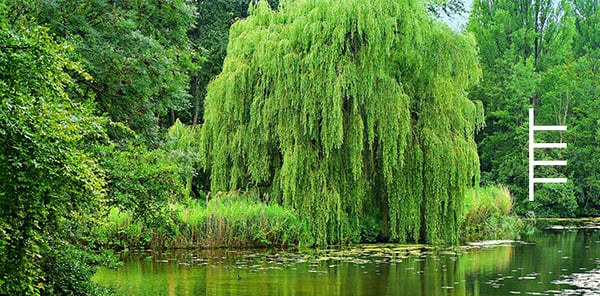
While there are several native willow species, all share the same attributes of growing in damp soil and producing catkin seeds. The exception to this is the goat willow which will also grow in drier and rougher sites.
All willows are provide a very rich habitat for insects, which provides a good food source for insect-eating birds in summer, particularly for the willow warbler.
Yew - Lúr
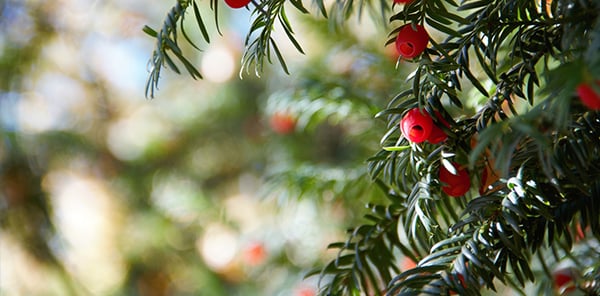
As the yew can grow to be thousands of years old, they have been associated with the symbolism of life and death. Due to this association they can be often be found at ceremonial sites such as graveyards and churches.
Yews can grow to be very large and add a dramatic view to any landscape. The yew is an evergreen conifer with dark leaves and seeds which are poisonous to most animals, so be very careful when planting it to make sure animals and children are not at risk. While toxic, the seeds provide food for birds and the tree itself is a fantastic nesting place.
Yew trees do not need rich soil but they do need a well-drained site, preferably not exposed to strong winds or frost. While Reenadina wood in Co. Kerry is Ireland’s only native yew wood there are some very old yew trees to be found at Crom estate in county Fermanagh.
Growing a wood
While we've spent this article discussing individual species it's important to understand that any woodland is made up of four layers:
- Ground layer : leaves, rotting wood, moss, ivy and fungi with insects such as beetles, woodlice and centipedes.
- Field layer : flowers that can thrive in the shade such as bluebells, wild garlic or wood sorrel.
- Shrub layer : This layer contains shrubs such as Hazel, apple, holly and hawthorn.
- Tree layer : The top layer contains the tree species we have discussed throughout this article.
It's actually possible to make a small wood based on these layers within 4 metres squared. If you are limited by space check out our guide on how to wild your garden for more detail.
Get Planting
If you have the space and the right conditions you should be planting oaks at the tree layer for maximum carbon capture and biodiversity. If you don't have that space our list will help you to identify a species you can plant regardless of your limitations.
Now you know why native species are so important and which ones you may be can there's no excuse not to get going. Let us know how you get on and share your rewilding experiences in the comments.
Our plan
It is our mission to rewild the world, starting with Ireland. To achieve this we will be funding projects and working with the community to promote activity at a local level in situations where people want to donate land.
Our first project will be dedicated to the mythological five sacred guardian trees of Ireland as a symbol of the rejuvenation and stewardship of woodland under Chieftaintrees.
The 5 sacred guardian trees- Eo Mughna - the Oak tree of knowledge in Co Kildare
- Bile Tortan - an Ash tree in Co Meath
- Eo Ruis - a Yew tree in Co Carlow
- Craeb Daithi - an Ash tree in Co Westmeath
- Caeb Uisnig - an Ash tree in Uisneach in the heart of Ireland
If you're interested in lending a hand to our first project, donating land or just meeting some like minded people, why not join the community?
Topics: Sustainability, Rewilding
